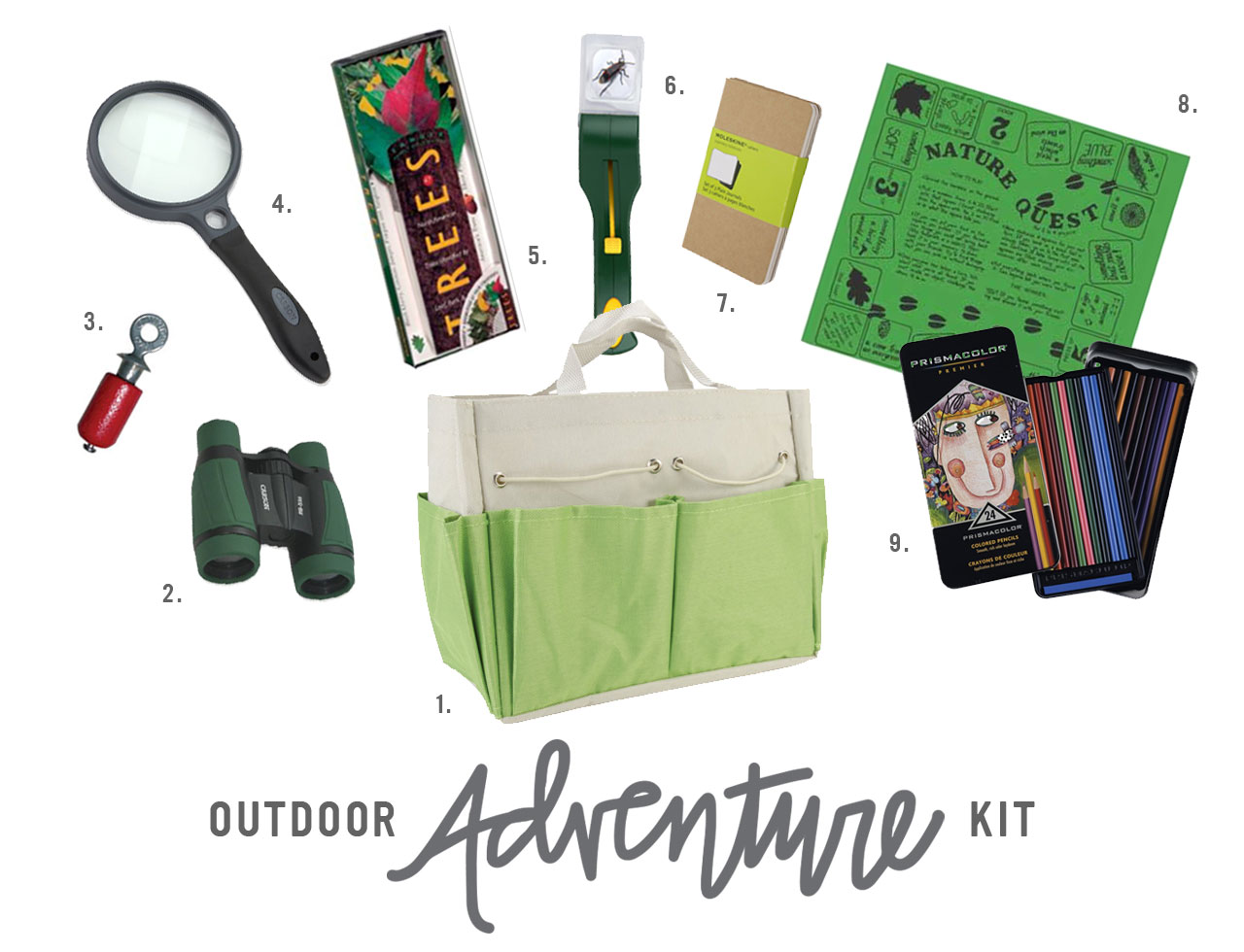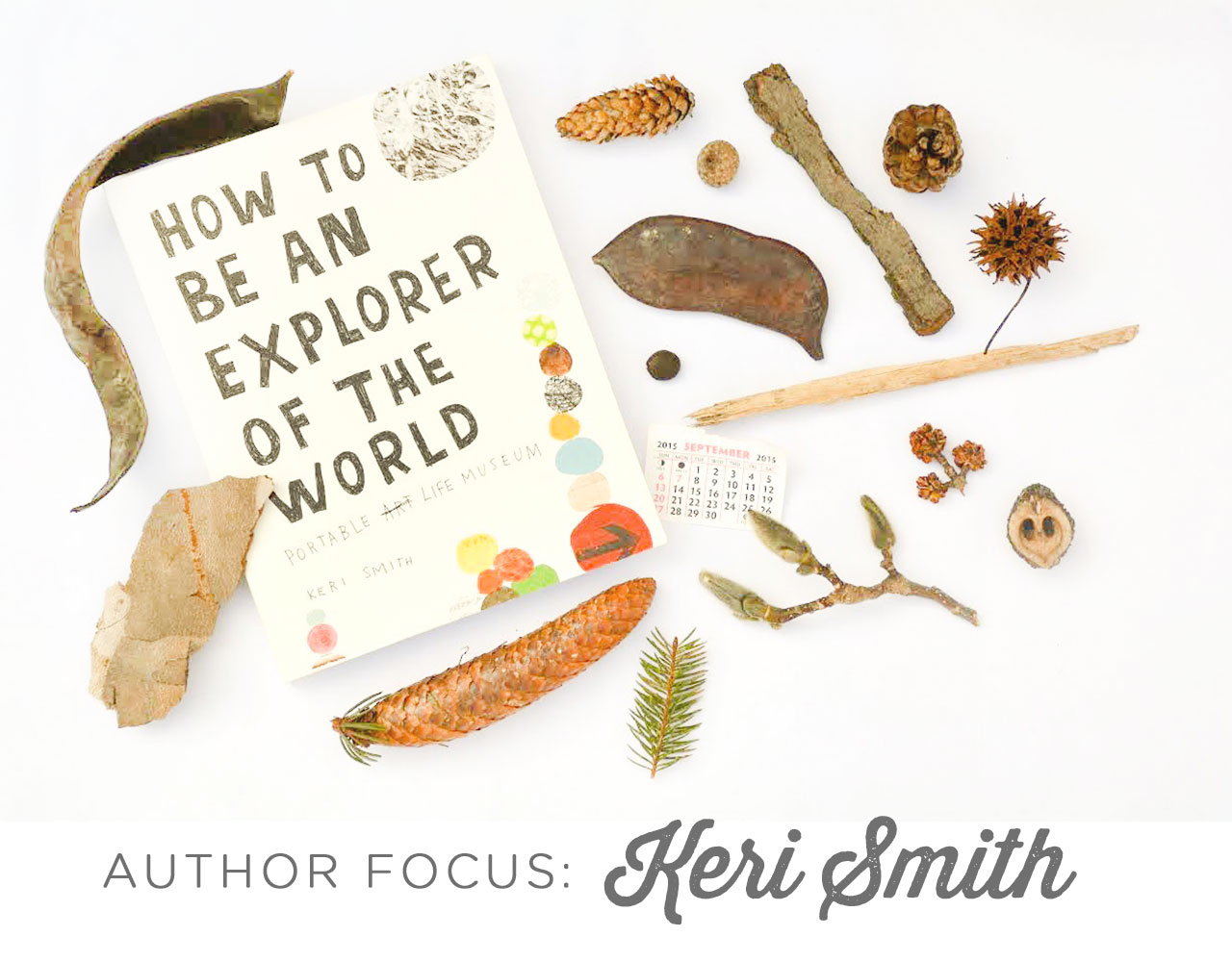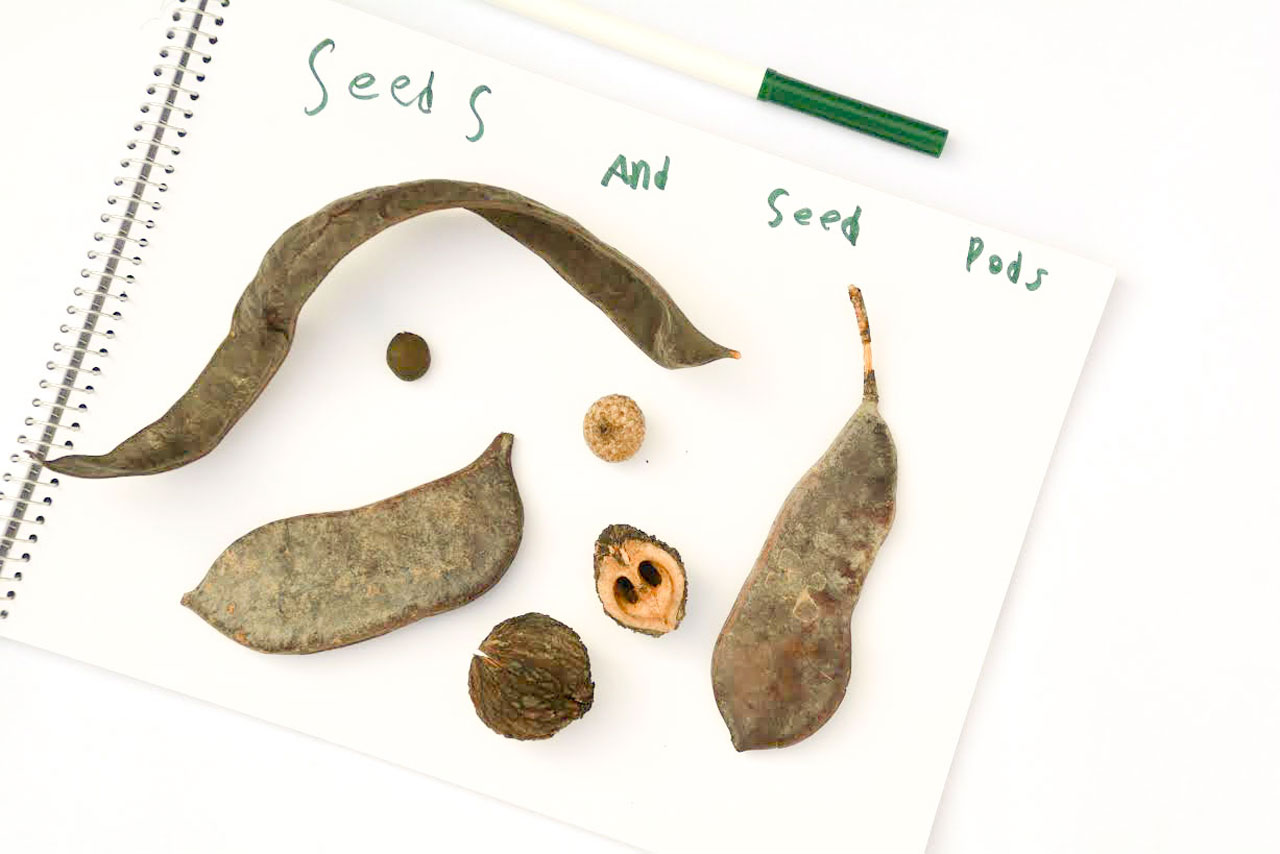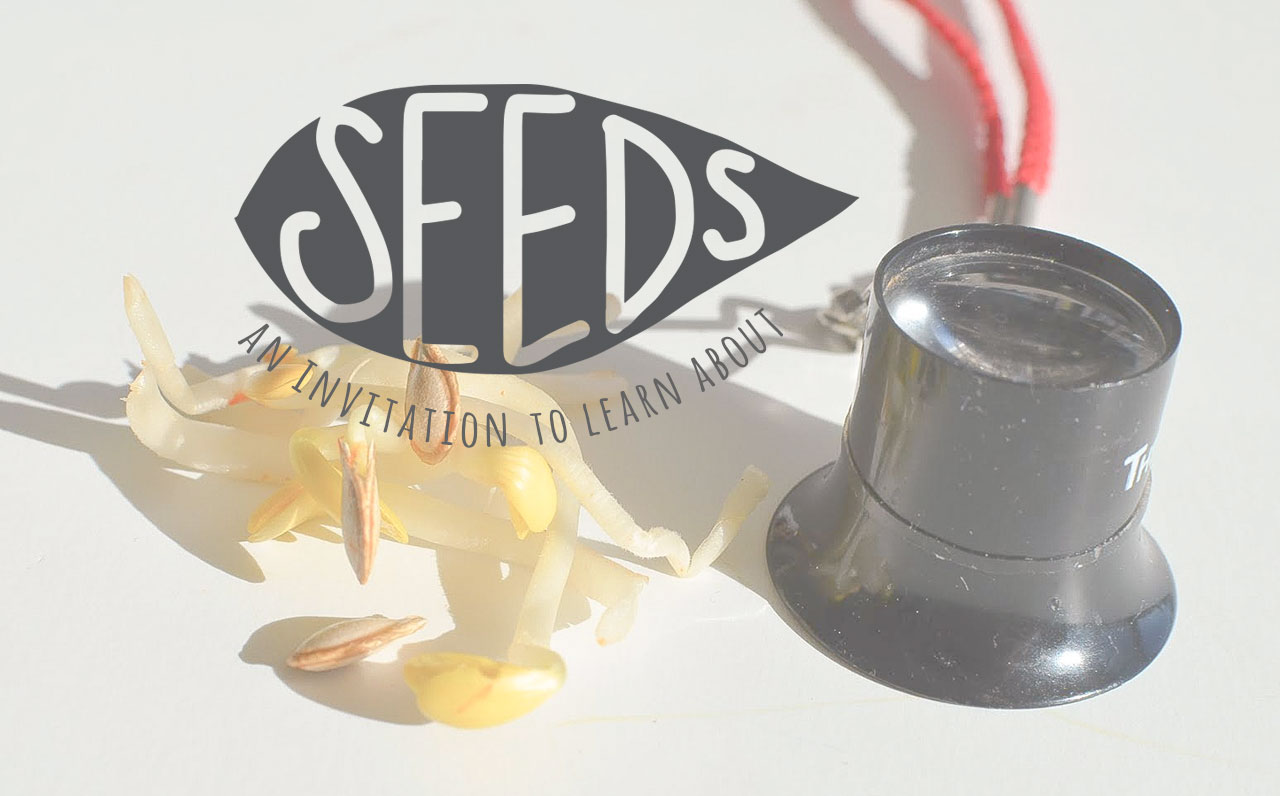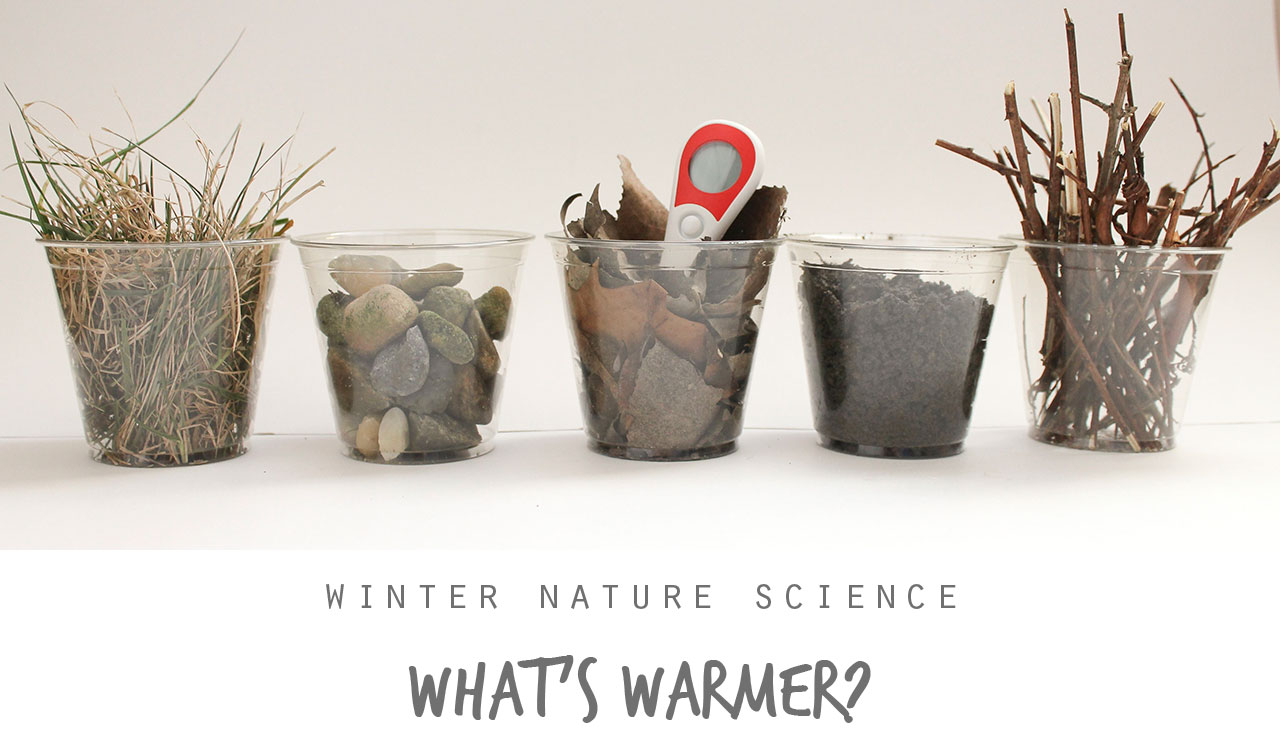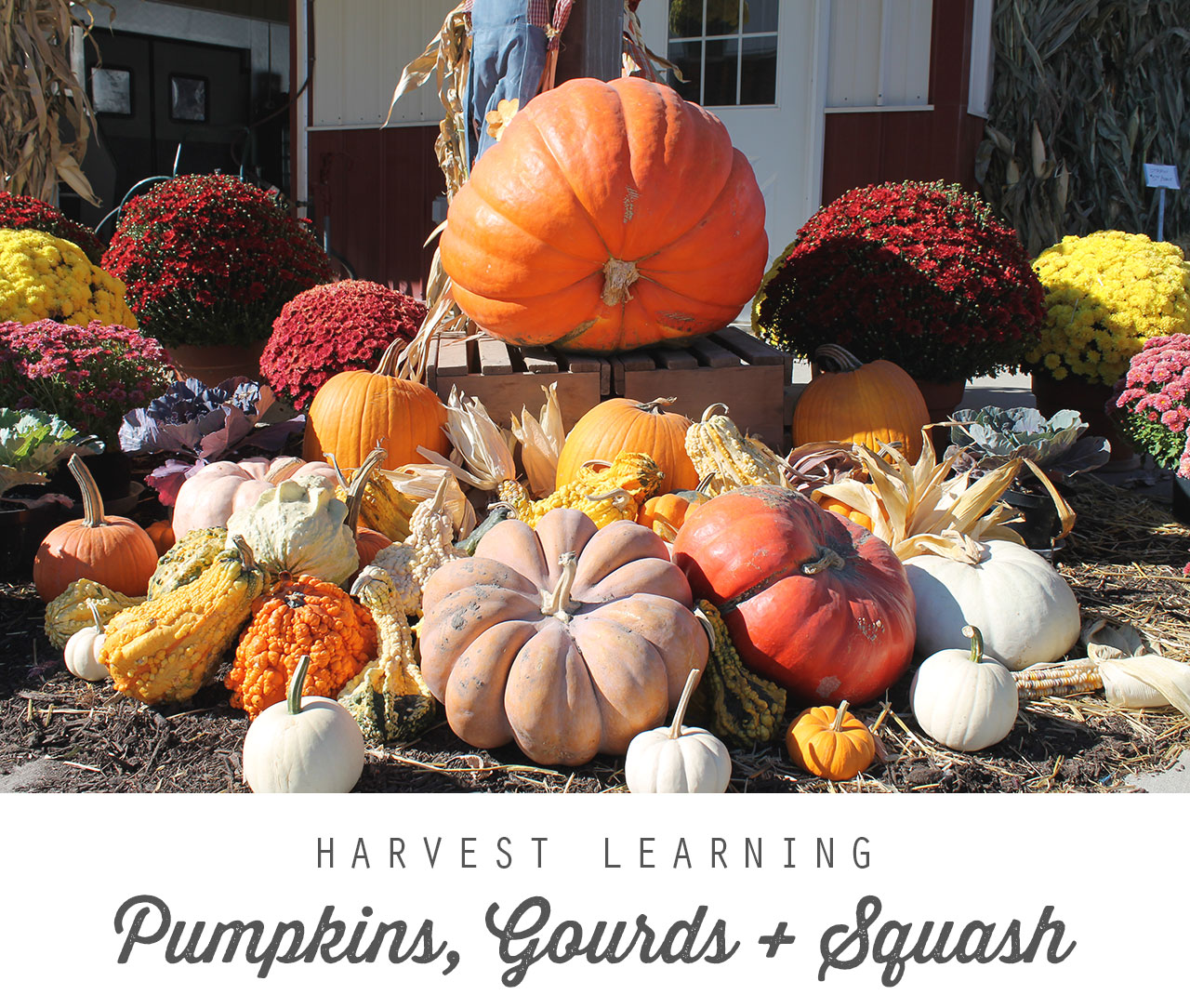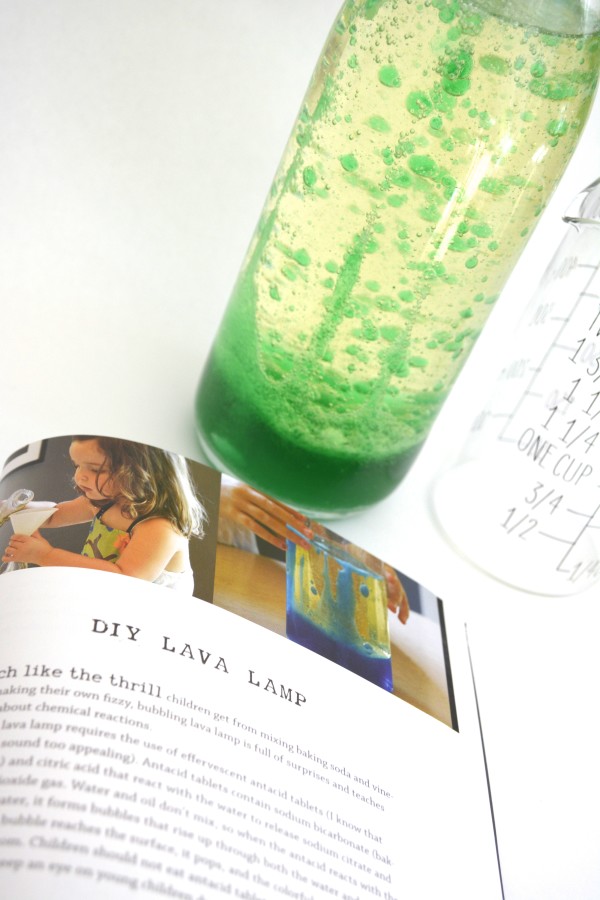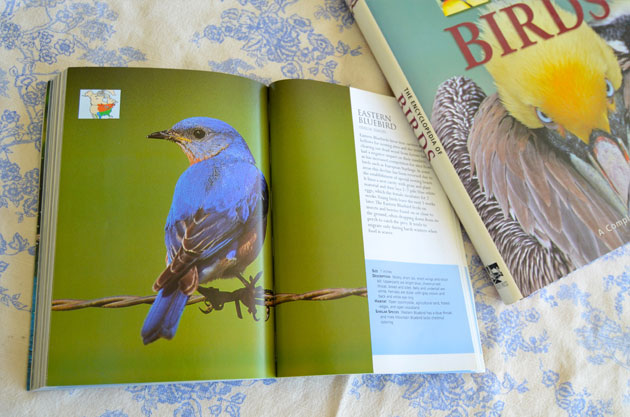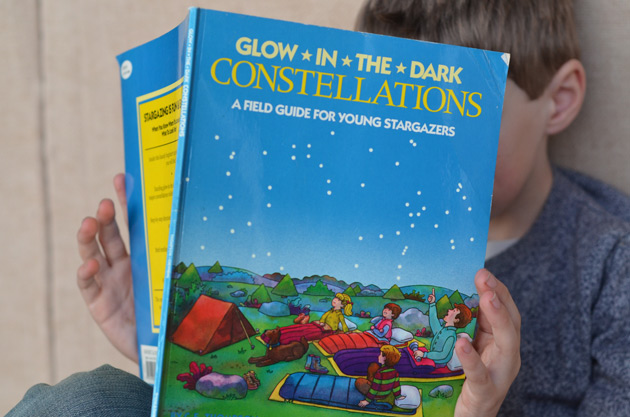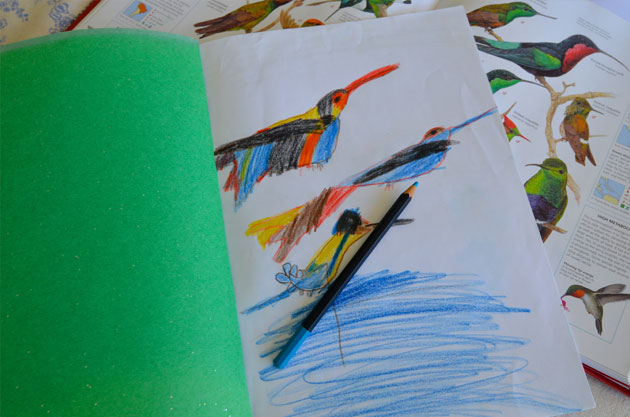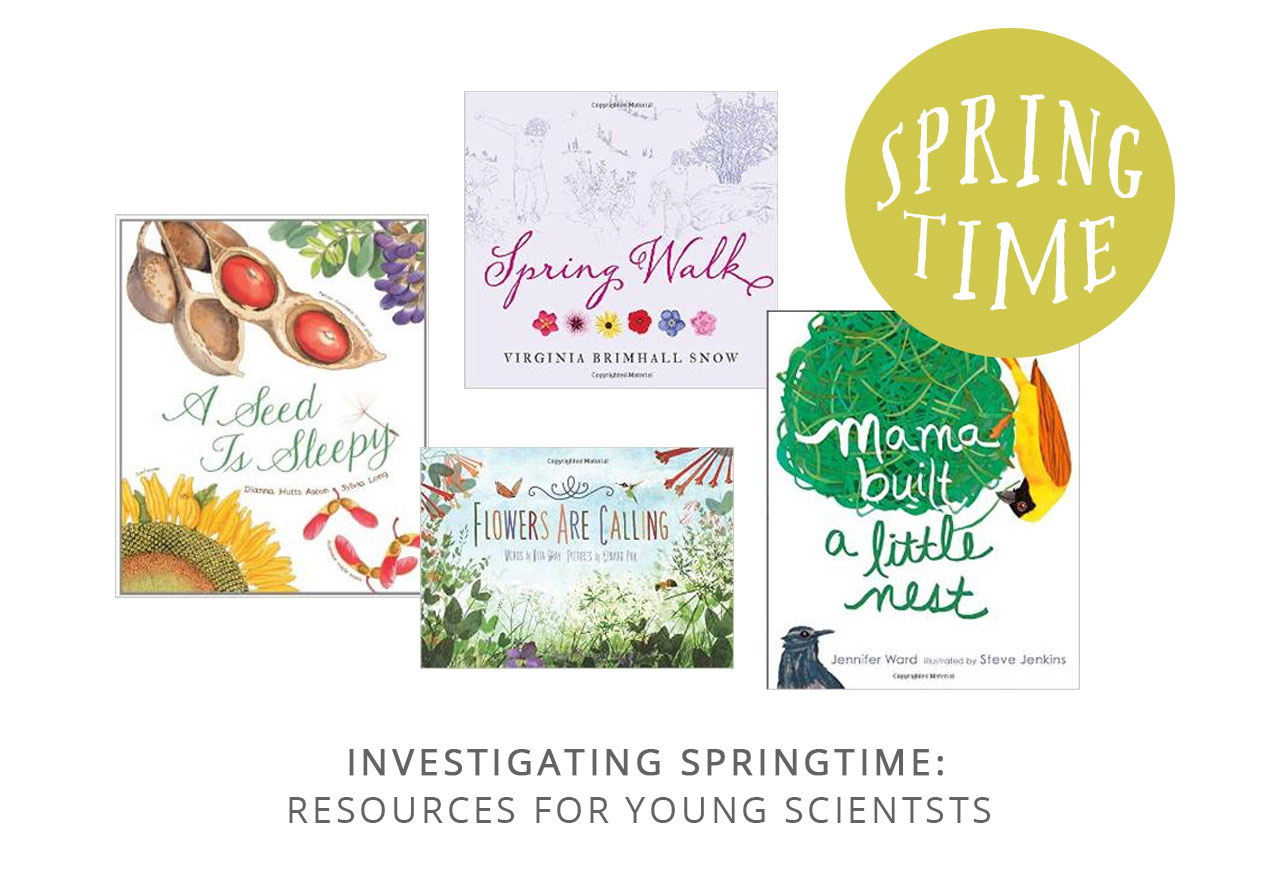 Springtime sun and rain puddles naturally raise our children’s desire to explore outdoors. Often, we do not need anything but the time and desire to be outdoors to initiate springtime investigations. As soon as we walk outside, observations begin. However, there are a few other tools we can provide children to further their natural curiosities.
Springtime sun and rain puddles naturally raise our children’s desire to explore outdoors. Often, we do not need anything but the time and desire to be outdoors to initiate springtime investigations. As soon as we walk outside, observations begin. However, there are a few other tools we can provide children to further their natural curiosities.
Children’s literature is plentiful and rich with books about birds, seeds, flowers, mud and weather. I almost always start with literature in introducing topics to students. There is magic in story and deep connections develop between reader and text. Conversations begin naturally through text and story and often ideas or questions emerge for exploration. When this happens, it is the perfect time to lay down the book and explore with our senses. Maybe take a spring walk bringing along observational tools: sketch book, pencil, watercolor, magnifying glass, and a field guide or two. Or, set out a collection of seeds to sort, classify, and pattern. Or begin planting some seeds in trays and record daily observations.
Children’s Literature
1. A Seed is Sleepy by Dianna Hutts Aston and Sylvia Long
Dianna Hutts Aston and Sylvia Long have created such a magical book in A Seed is Sleepy. The illustrations are whimsical yet realistic. When looking through the text with young readers have examples of some of the seeds in the text and see if, while sharing the book with you, they can locate the seeds in the illustrations. Discuss actual size, versus the magnified size presented in the book. Ask your child why the illustrator might have decided to create them magnified. Discuss how to illustrate observations scientifically: realistic with great attention paid to detail such as color, size, and shape. Also, discuss the wording of the text. How is a seed sleepy? How is a seed adventurous?
2. Spring Walk by Virginia Brimhall Snow
The flower illustrations in Spring Walk jump out at the reader quickly as the flowers are in bright, bold colors as spring flowers naturally are. The illustrator highlights the colors even more with a detailed but colorless background. The flowers jump out because of their prominence. A fun way to use this book may be to teach your child how to take close up photographs (micro) that bring out the details. Or, one may sit with a sketchbook, pencil and watercolor paints to practice detailed, observational sketching.
3. Flowers are Calling by Rita Gray
Rita Gray has written a springtime rhyming text to share with readers why flowers are an important part of spring and what insects / birds use them as a food sources. Kenard Pak’s illustrations are delicate and detailed. A child may sit for a while with each page to study the arrangements of flowers, insects and birds. This book may be used as a field guide to bring along on a wildflower walk. There are several pages dedicated to simple, yet stunning illustrations of spring flowers which the author names and describes.
4. Mama Built a Little Nest by Jennifer Ward and Steve Jenkins.
The study of birds in springtime is perfect to take our students and children outdoors. The book Mama built a little nest by Jennifer Ward and illustrations by Steve Jenkins provides readers with a beautiful story accompanied by detailed facts. Ward introduces us to many different birds and invites us to learn how they create their nests. Jenkins collaged illustrations are colorful and bold. It could be fun to try creating a collage of a birds’ nest found on a spring walk.
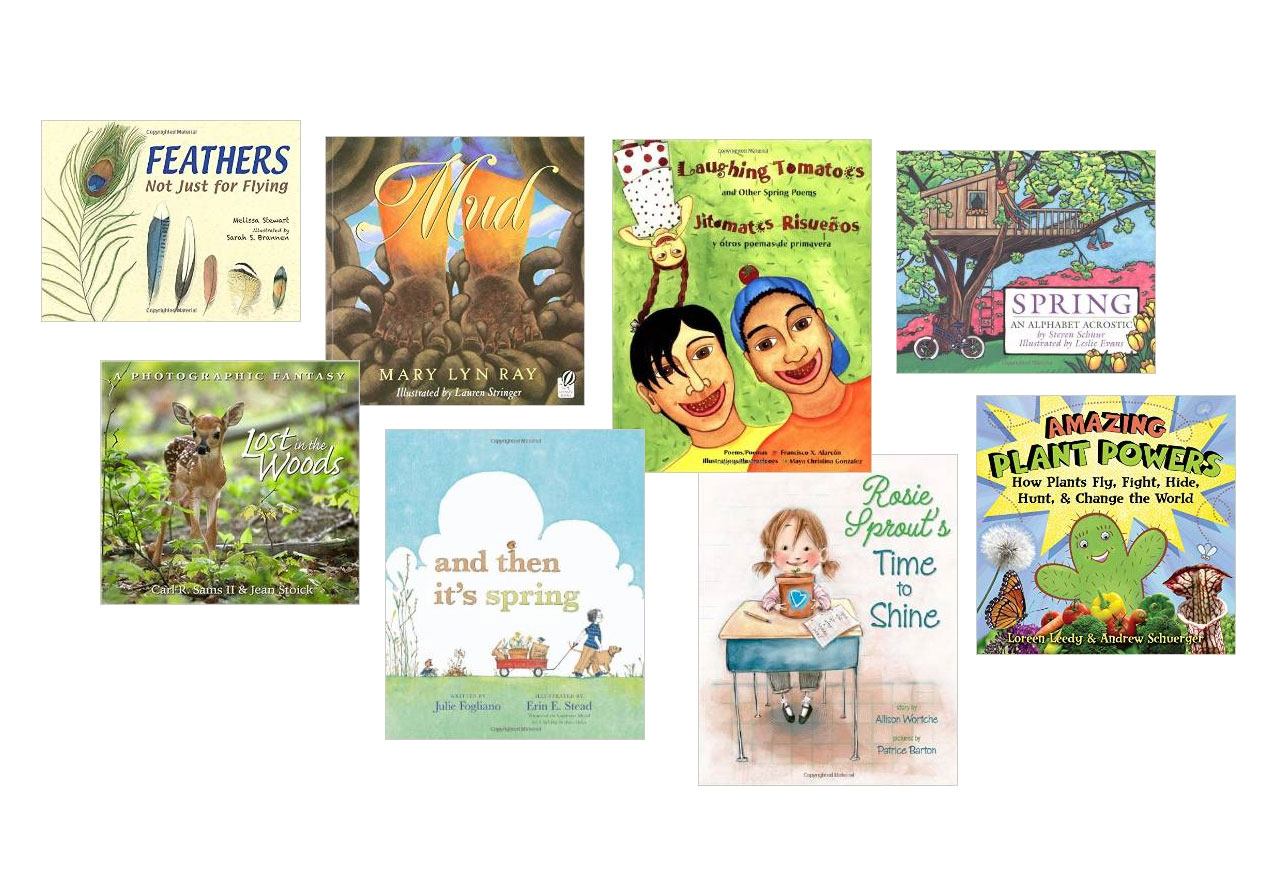
5. Feathers: Not Just For Flying by Melissa Stewart and illustrated by Sarah Brannen
Another bird book to delight young readers is the new book entitled Feathers Not Just for Flying by Melissa Stewart and illustrated by Sarah Brannen. This gorgeous non-fiction book is ideal to refer to when studying the birds of spring. The author focuses on feathers and their many uses. One idea may be to have students study found feathers and create detailed sketches. These sketches could then be written about in poetic form such as Haiku poetry.
6. Mud by Mary Ray Lyn
This story, by Mary Ray Lyn, is a lovely introduction to the exploration of mud. Lyn uses few words yet the words are perfect and will provide new vocabulary for our younger students. The illustrations by Lauren Stringer have a unique perspective, as though the reader is the one playing in the mud. Read aloud Mud and then explore by taking your child outside to explore in the mud. Let him/her take their shoes off and describe what it feels like to walk through barefoot. What words describe the feeling? What does it smell like? Do you hear any sounds? Or bring some mud inside using a plastic container. Put out some newspaper or plastic and begin exploring with your child. What does it sound like when you mix it up with a stick? Can you paint with it? Does it have a smell?
7. Laughing Tomatoes And Other Spring Poems / Jitomates Risuenos Y Otros Poemas De Primavera
Let’s add in some poetry and better yet poetry in two languages: English and Spanish. This colorful, poetry book is perfect for ages up to fifth grade. The author brings spring alive with poems about spring and how it makes people feel. Poems range from quite short (3 lines) to many lines. The illustrations are whimsical and light: a real spring feel! Enjoy this book with your child and then play with writing some spring poems together.
8. Spring An Alphabet Acrostic by Steven Schnur and illustrated by Leslie Evans
This spring acrostic poetry book is perfect for the Kindergarten / First grade classroom. The author uses acrostic poems to tell the story of spring. Follow this book up with students creating their own acrostic poems about what spring means to them.
9. Lost in the Woods by Carl R. Sames II & Jean Stoick
This beautiful picture book tells the story of a young doe and the first days of its’ life. The photos will captivate young learners and is a perfect accompaniment to discuss spring births.
10. And then it’s spring by Julie Fogliano and illustrated by Erin E. Stead
The pictures and words work together to tell a fun story about waiting for spring. Children will relate to waiting for spring to come and the excitement that follows when it finally does. Use this book to discuss personal experiences in waiting for spring.
11. Rosie Sprout’s Time to Shine by Allison Wortche and illustrated by Patrice Barton
Rosie Sprout’s Time to Shine is a lovely, personal story about growing up and making choices. Children will connect with Rosie and how to tries her best to do the right thing after a mistake. Children may enjoy planting their own bean plant and make observations after listening to this story.
12. Amazing Plant Powers by Loreen Leedy & Andrew Schuerger
Loreen Leedy has created another fun non-fiction text that will grab young readers attention. In Amazing Plant Powers Leedy provides readers with catchy facts, micro photos and detailed drawing. Try creating catchy brochures with students to display information learned about certain plants. They will love emulating Leedy’s style in publishing.
*This post contains Amazon affiliate links.
SaveSave
